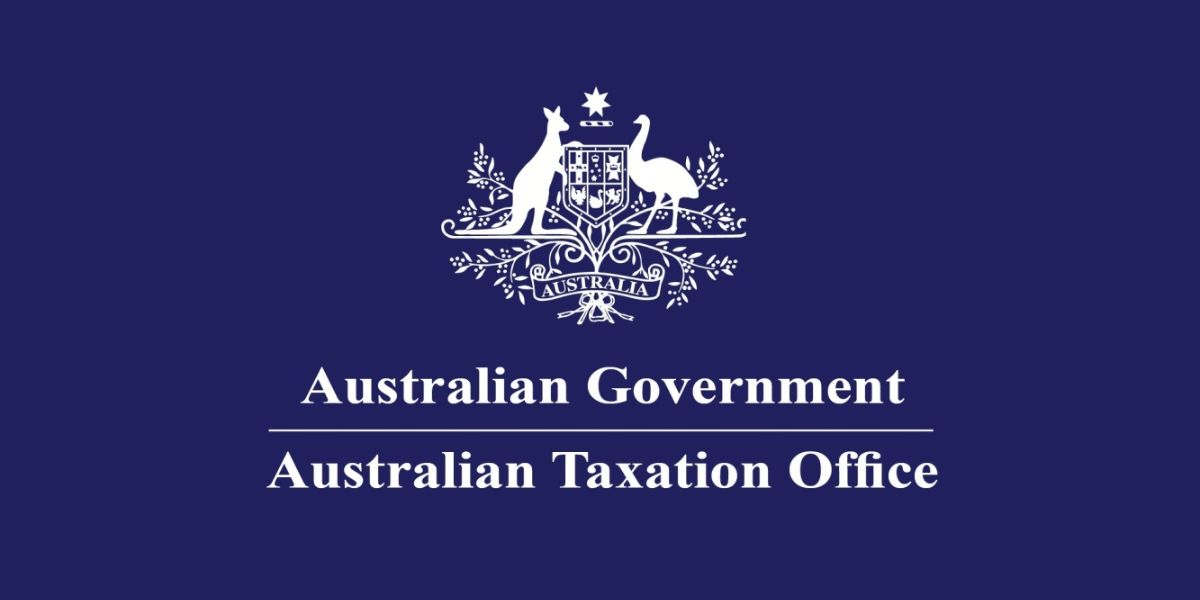On 31 January 2016 the IMF issued a technical note on ensuring that a general anti-avoidance rule (GAAR) achieves its purpose. Many countries have either introduced a GAAR or are considering its introduction, which the objective of combating unacceptable tax avoidance practices. The design of a GAAR can however be complex owing to the imprecision of the concept of tax avoidance and the difficulty of precisely targeting artificial or contrived tax driven arrangements.
Close attention needs to be paid to the legal design of the GAAR taking into account the available administrative capacity and infrastructure. The success in achieving the intended objectives depends on the legal design and drafting and on the capacity of the tax authority to apply the GAAR in an even-handed way. The infrastructure in place to settle tax disputes also needs to be considered.
The technical note sets out a sample GAAR in the Appendix, designed to allow the tax authority to issue a determination and assess a further tax liability. The suggested GAAR is however general in nature and would need to be adapted to suit the needs of a particular tax system. The GAAR would not be self-executing but would require a decision by the tax authority to make a valid determination before it can be applied in a particular case. The GAAR could apply to different taxes such as value added tax (VAT) in addition to income tax.
Generally for a GAAR to apply there must be a scheme and a tax benefit in connection with the scheme, such as a reduction or postponement of a tax liability. The definition of a tax benefit for this purpose should not extend to incentives or concessions specifically provided for in the tax law. The identification of the tax benefit and establishing that this was caused by the scheme is potentially complex and requires careful attention.
For a scheme to come within the scope of the GAAR is should be shown that the sole or dominant purpose of the scheme was to obtain the identified tax benefit. The way in which the scheme is carried out and any artificiality must be examined. Other factors to consider are divergence between the form and substance of the scheme and the result achieved by the scheme. The GAAR’s purpose test must be applied objectively. The technical note emphasizes that there is a fine line between legitimate tax planning and a scheme that would be caught by a GAAR.
The technical note looks at the developments in Australia where the GAAR has been amended in response to the OECD project on base erosion and profit shifting (BEPS). Australia has taken measures to combat BEPS and the legislative response to BEPS practices has involved amendments to the GAAR.
An important feature of the amended GAAR in Australia is that is uses a “principal purpose” test rather than a “sole or dominant purpose” test. The “sole or dominant purpose” test was considered inadequate to deal with the multinational tax avoidance targeted by the measures because it would be difficult to satisfy in the case of a multinational enterprise operating a global business where Australia is only one market among many and the business structure is implemented to reduce global tax. The amended law covers a scheme entered into for a number of principal purposes where one of those purposes came within the required tax avoidance purpose for application of the GAAR. Amendment of the GAAR allowed Australia to take immediate action to combat BEPS practices without requiring substantial legislative changes or the introduction of any new tax along the lines of the UK’s Diverted Profits Tax.

















